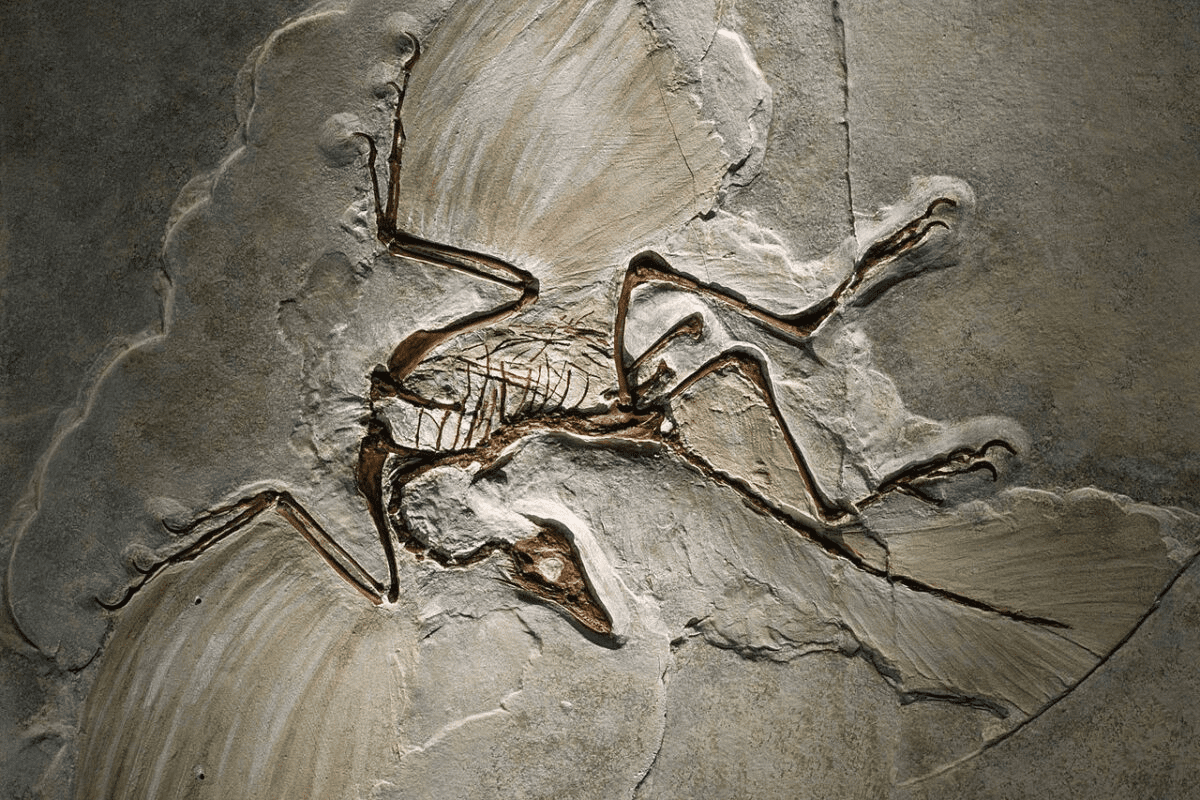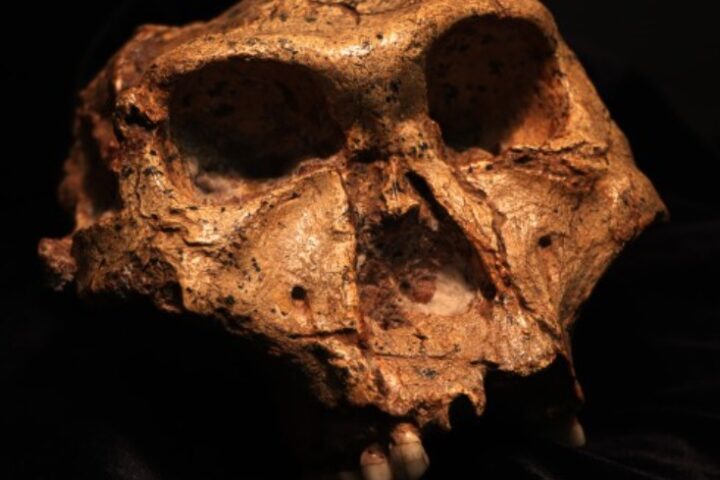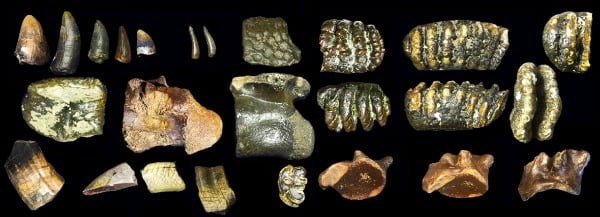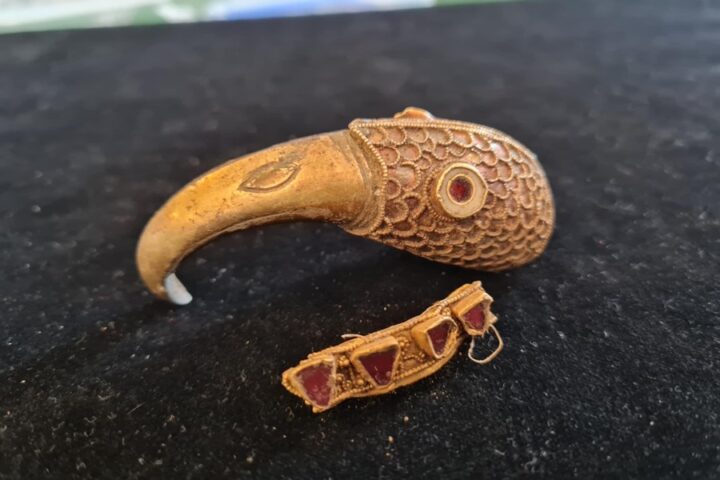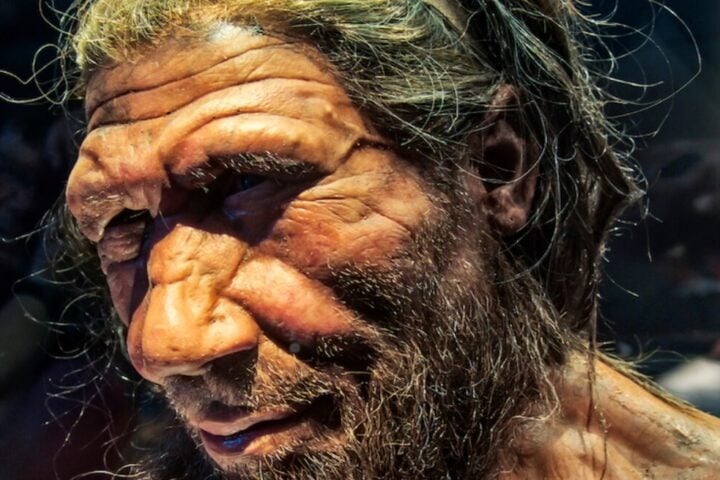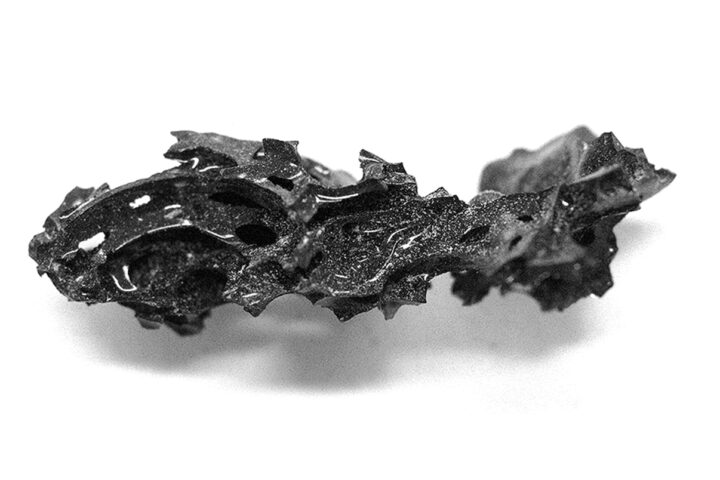Over a century ago, the discovery of the Archaeopteryx fossil in Germany revolutionized our understanding of avian evolution. Known as “Urvogel,” or the “first bird,” this ancient creature was believed to be the bridge connecting dinosaurs and modern birds. Yet, recent discoveries have started to question its place in this evolutionary lineage.
The Feathered Enigma
Archaeopteryx was a small creature, similar in size to today’s common raven. Its well-preserved fossils have given us an unprecedented insight into its life. The most intriguing revelation from these remains is its plumage. The asymmetry of the wing and tail feathers hints at a higher aerodynamic performance, suggesting some capacity for flight. Despite the presence of such advanced features, the question of how Archaeopteryx flew still lingers. Some speculate it was a glider, while others see it as a flapper. A Nature Communications study further complicates this discourse, indicating that Archaeopteryx possessed the ability for active flight, akin to today’s pheasants.
Colors in the Sky
The color of Archaeopteryx’s feathers has also garnered attention. Initially believed to be black, further analyses indicate a more complex coloration, possibly involving white tips. Studies on bird-like theropods suggest that vibrant colors and patterns may have been prevalent, which leads us to speculate whether Archaeopteryx shared this trait. Could these colors have served purposes beyond camouflage, such as species recognition and mating?
An Evolutionary Crossroads
The striking resemblance of Archaeopteryx to small bird-like theropods like dromaeosaurids and troodontids adds to the complexity of its role in avian evolution. With sharp teeth, clawed fingers, and long tails, these similarities pose a critical question: Is our “first bird” more dinosaur than bird?
Similar Post
Reconstructing the Avian Lineage
Recent fossil discoveries from China, Mongolia, and Argentina have disrupted our understanding of the dinosaur-bird transition. These new specimens, which bear striking similarities to modern birds, might rewrite the avian lineage, pushing Archaeopteryx out of its hallowed position. Could there be an older ancestor, a different “first bird,” that we haven’t discovered yet?
The Legacy of Archaeopteryx
Archaeopteryx has served as a pivotal figure in paleontology for over a century, sparking debates and driving research into the evolution of birds. As new discoveries emerge and analytical methods advance, our perception of this creature continues to evolve, pushing us to continually question and refine our understanding of life’s grand narrative. Like the Archaeopteryx itself, our quest for knowledge is a flight that continues to soar.
